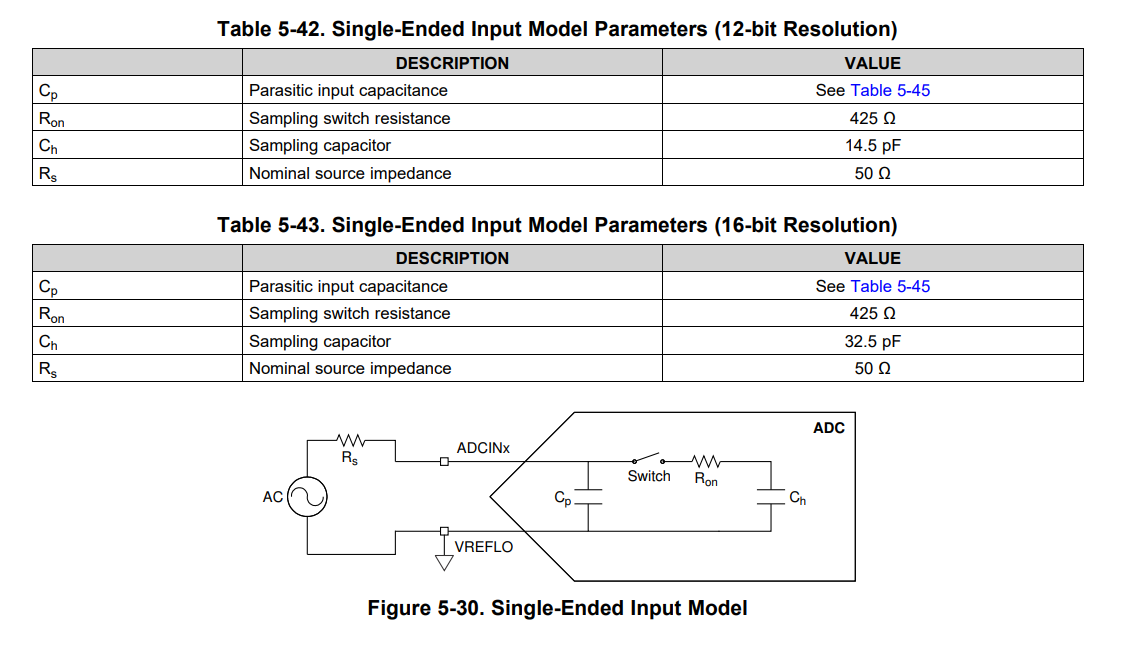Hi,
I am checking the ADC values using the example program to read Channel A2, A3, and B2, B3 using the Software Trigger.
The data I see seems to be irrelevant.
When I give input to one channel, I see some percentage of data being displayed on other channels.
When I ground the immediate channel, the extra data gets back to zero on the neighbor channels.
The snapshot is for the input of 2.5V for A2 and A3 floating
The below snapshot is for the input of 2.5v and A3 connected to ground
I expected all to be zero or very minimal when nothing is fed. I am using TI control card for this experiment.
regards,
Mohan





